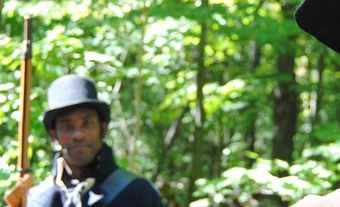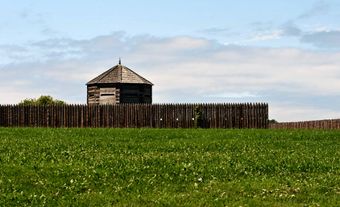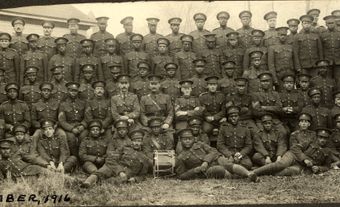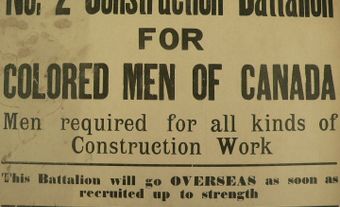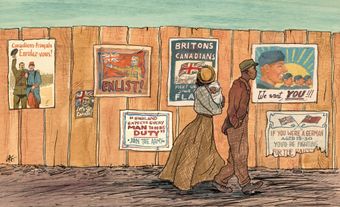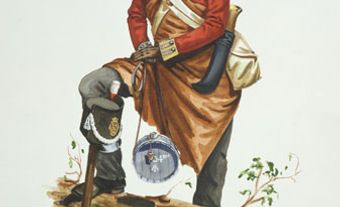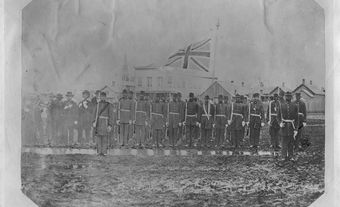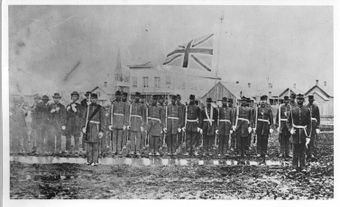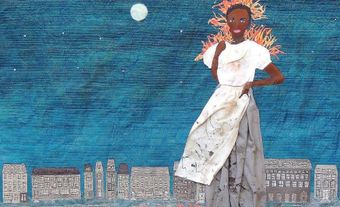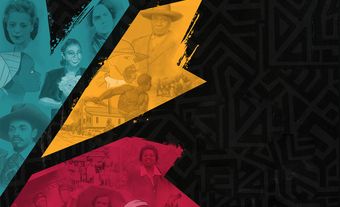Black Canadians have a proud tradition of military service dating to the American Revolution. Many volunteered for service during the 19th and 20th centuries, despite opposition from both civilian and military authorities. Until the Second World War, most Black Canadians served in segregated units like the Coloured Corps in the War of 1812 and No. 2 Construction Battalion in the First World War. Since then, Black soldiers, sailors and airmen and women have served in the regular and reserve forces at home and overseas. Here are some of their stories.

Thomas Peters
Thomas Peters (also Petters), Black community leader, soldier (circa 1738–1792). During the American Revolution, Peters escaped enslavement and joined the Black Pioneers, a unit of the British army. After the war, he and thousands of other Black Loyalists were transported to Nova Scotia and New Brunswick. Peters became a spokesperson for Black Loyalists and eventually helped recruit Black settlers for the West African colony of Sierra Leone.

Richard Pierpoint
Richard Pierpoint, loyalist, soldier, community leader, storyteller (circa 1744–1838). Taken from West Africa as a teenager and sold into slavery, Pierpoint regained his freedom during the American Revolution and settled in Niagara, Upper Canada. In the War of 1812, he petitioned for an all-Black unit to fight for the British and fought with the Coloured Corps.

William Neilson Edward Hall, VC
William Neilson Hall (1829–1904) was a sailor in the British Royal Navy who served in the Crimean War and Indian Mutiny of 1857, among other engagements. He was the first Black person, the first Nova Scotian and the first Canadian naval recipient of the Victoria Cross, which was awarded for his actions in India. One of the Canadian navy’s new Arctic patrol vessels is named in his honour.

William Andrew White
William Andrew White, (1874–1936) was a Baptist minister and army chaplain. White was a leading member of the African Nova Scotian community. He was also chaplain for the No. 2 Construction Battalion, the largest Black unit in Canadian history. This made White one of the few Black officers in the Canadian Expeditionary Force during the First World War.

Jeremiah Jones
During the First World War, up to 1,300 Black men volunteered for service in the Canadian Expeditionary Force (CEF). While the men of No. 2 Construction Battalion are the best-known example of Black participation in the war, another 300 to 500 enlisted in other units of the CEF. This included Jeremiah Jones (1858–1950), who was 58 years old — 13 years above the age limit — when he enlisted with the 106th Battalion in 1916. Jones was awarded the Canadian Forces Medallion for Distinguished Service for his heroic actions during the Battle of Vimy Ridge in February 2010, sixty years after his death.
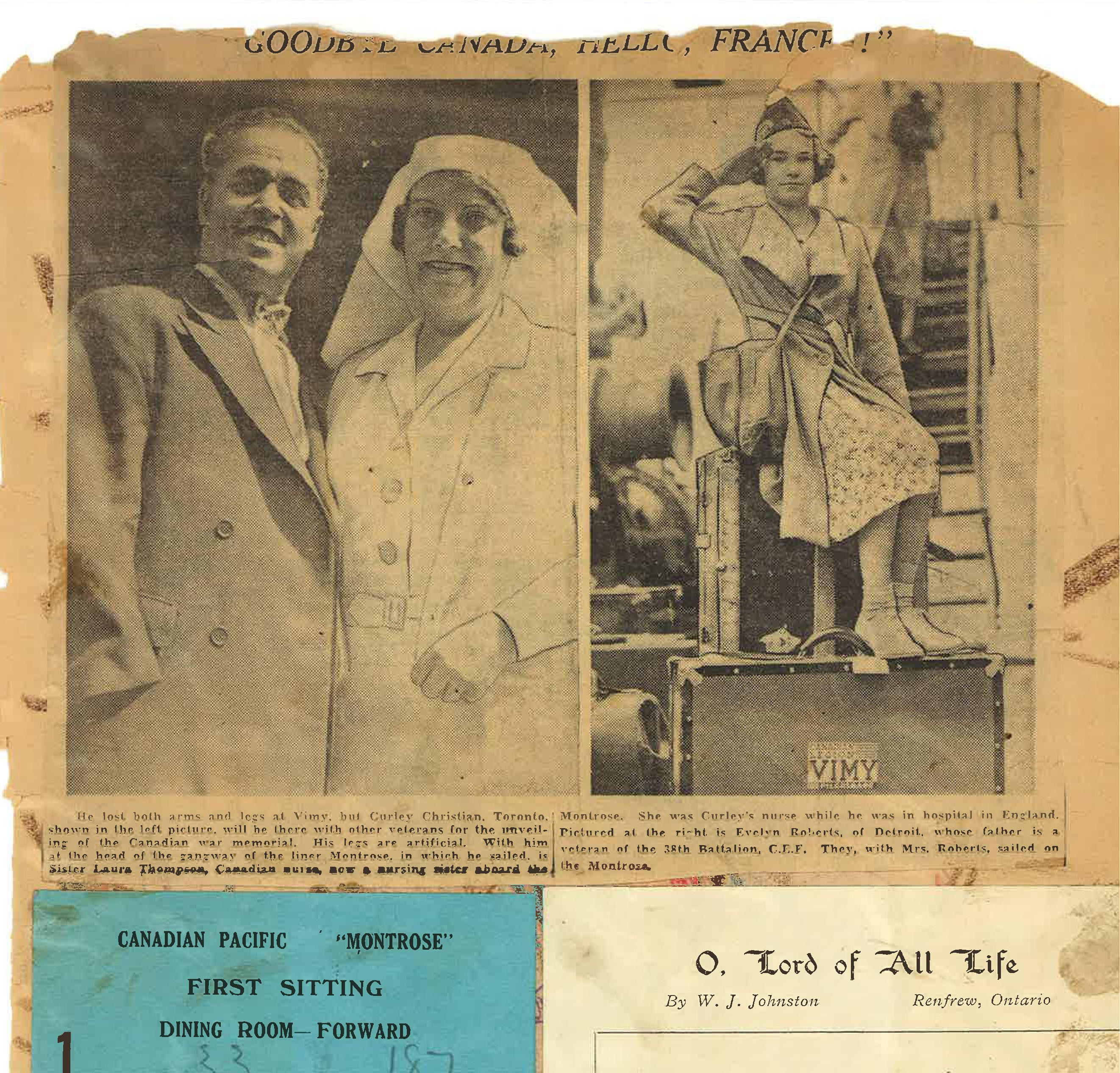
Curley Christian
Ethelbert (Curley) Christian (1882–1954) was another First World War veteran. Christian enlisted in 1915 in the 108th battalion and was transferred to the 78th battalion, the Winnipeg Grenadiers, in Europe. During the Battle of Vimy Ridge, he suffered multiple injuries that left him a quadruple amputee. With his wife, Cleopatra, and the support of his medical team, he helped lay the foundation for the Attendance Allowance for disabled veterans, which provides funding for daily caregivers. This federal government program is still offered to disabled military veterans who need financial and medical support to live independently.

Charles Lightfoot Roman
Charles Lightfoot Roman (1889–1961) was a surgeon, author, researcher and lecturer who served in the First World War. Charles Lightfoot Roman was one of the first Black Canadians to graduate from McGill University’s Faculty of Medicine and became a recognized expert in industrial medicine. He was also one of the first Black Canadians to enlist for service in the war and was the only known Black person to serve with the Canadian General Hospital No. 3 (McGill).
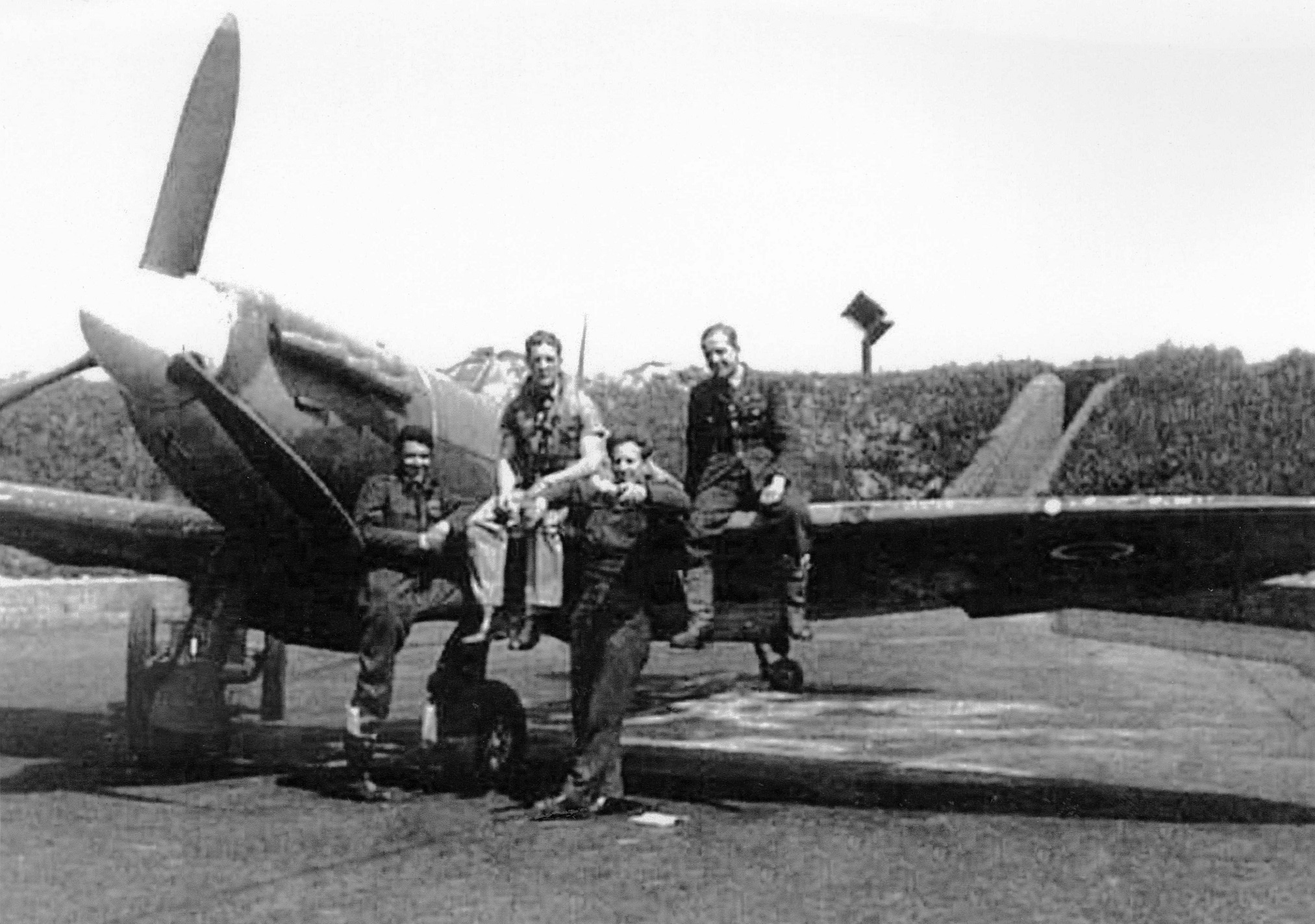
Junius Lyman Edward Hokan
Junius Lyman Edward Hokan (1922–42) was likely the first Black-Canadian commissioned officer and fighter pilot in the Royal Canadian Air Force (RCAF). In 1940, at the age of 18, Hokan enlisted in the RCAF in Niagara Falls. At the time, RCAF policies limited enlistment to those of “pure European descent,” but some recruiting officers ignored these policies. In August 1941, Hokan received his pilot wings and was commissioned as a pilot officer. He served his country with distinction in the Second World War but was killed in 1942 when his plane crashed on the way back to England after a mission.
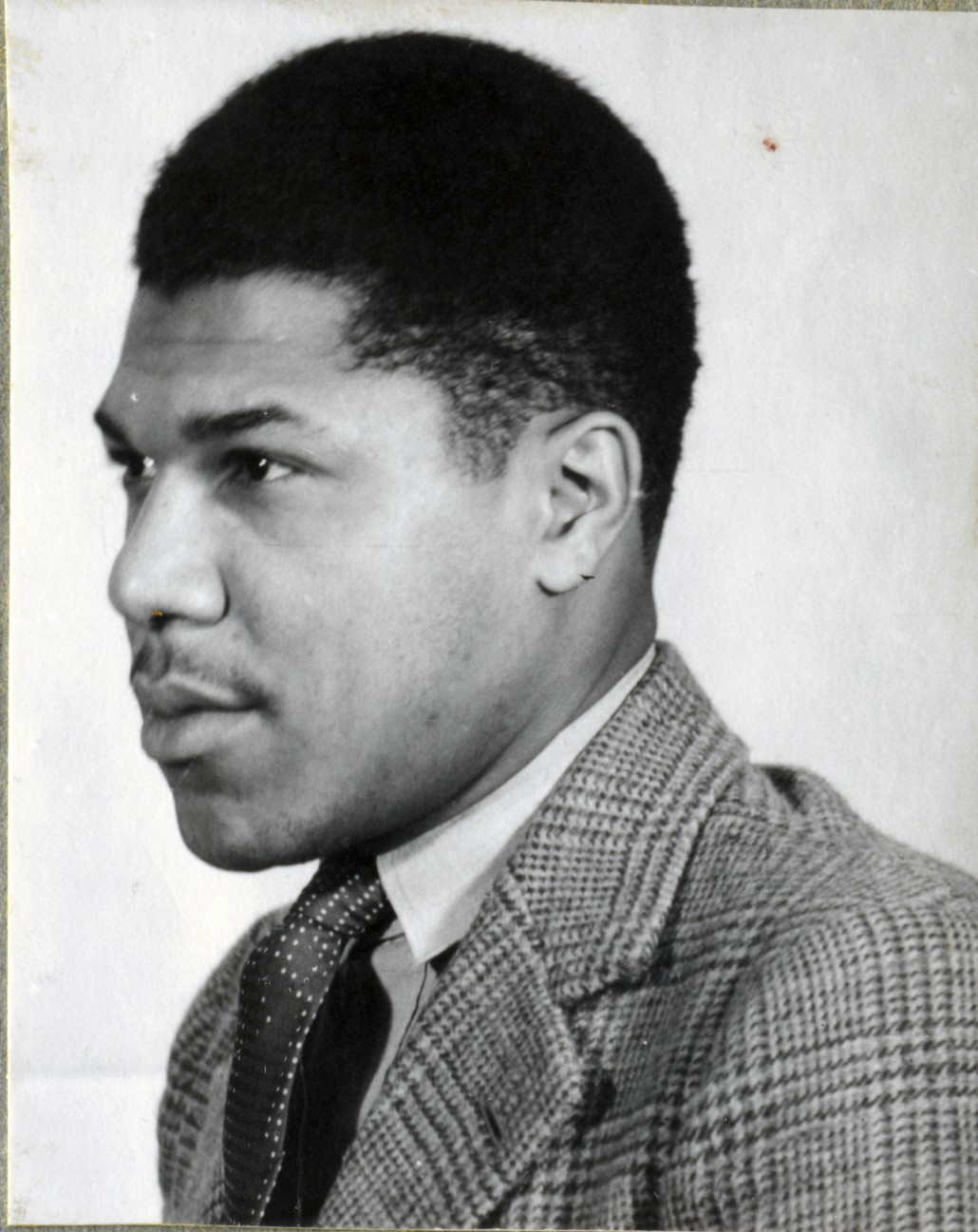
Allan Selwyn Bundy
Allan Selwyn Bundy (1920–2001) also served as a RCAF combat pilot during the war. He and Hokan are the only two known Black Canadian combat pilots of the war. Shortly after the war began, Bundy tried to enlist in the RCAF but was rejected. When he was later sent a conscription notice for the army, he ignored it and tried again with the RCAF, which had removed racial barriers to enlistment. Bundy arrived in England in February 1944 and was soon flying missions in Europe. According to the operations record book of 404 Squadron, he flew 28 combat missions during the war.

Paul Smith
Paul Anthony Smith, OMM, MSM, CD, naval officer (born in 1967 in Jamaica). Smith emigrated to Canada when he was six years old and grew up in North York, Ontario. He enrolled in the Naval Reserve in 1986, rose to the rank of petty officer second class and was commissioned in 1999. In 2014, Smith took command of HMCS Kingston, becoming the first Black officer to command a ship in the Royal Canadian Navy (RCN). On 2 October 2021, he became the first Black commanding officer of HMCS York, the largest naval reserve division in Canada.

 Share on Facebook
Share on Facebook Share on X
Share on X Share by Email
Share by Email Share on Google Classroom
Share on Google Classroom
